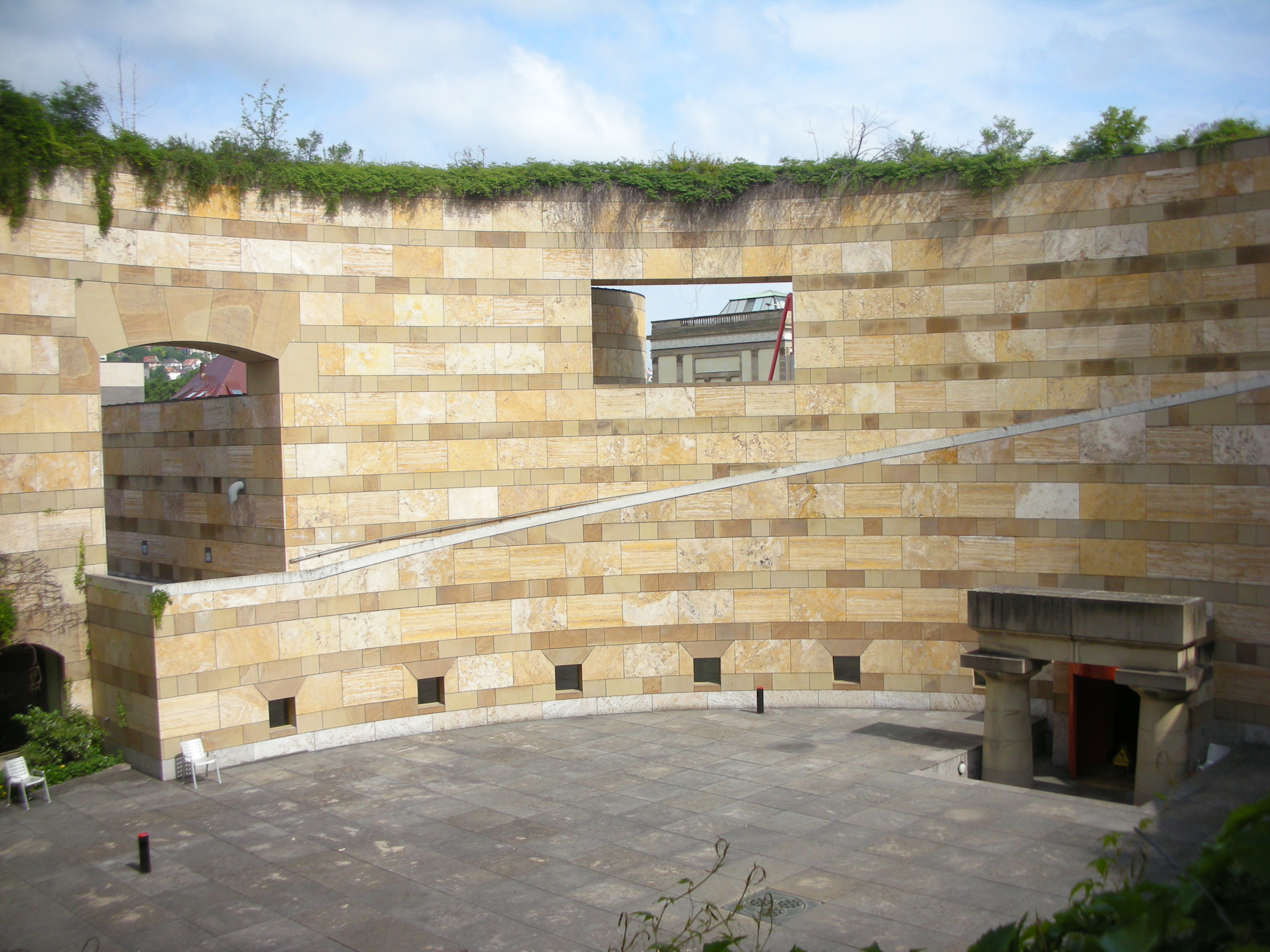Christian Kühn, “Provvisorio,” in “Plenum: Orte der Macht,” special issue, UmBau 27 (2014), 14.
As proposed for example by Armin Nassehi in: Die letzte Stunde der Wahrheit. Warum rechts und links keine Alternativen mehr sind und Gesellschaft ganz anders beschrieben werden muss (Hamburg: Murmann, 2015).
Slavoj Žižek, “The Populist Temptation,” in The Great Regression, ed. Heinrich Geiselberger (Polity, 2017).
For example, Jean-Luc Mélenchon; one could also mention elements of the Anti-Chris-Dercon-Front at the Volksbühne in Berlin. See: Michael Magercord, “Israel, Islam, Sicherheit: Wie die Präsidentschaftskandidaten zu Themen stehen, die der jüdischen Gemeinde wichtig sind,” Jüdische Allgemeine (September 27, 2017), ➝.
Ibid., Žižek, 193.
The “Querfront” or “Third Position” in Germany is epitomized by, for example, formerly left-wing radical, and now right-wing to extreme-right converts like Frank Böckelmann, Jürgen Elsässer, Peter Furth, Horst Mahler, Bernd Rabehl, or even Rüdiger Safranski.
➝.
➝.
Martin Heidegger, “Building, Dwelling, Thinking,” in Poetry. Language, Thought (New York: Harper Colophon, 1971), 154, as quoted in Kenneth Frampton, “Towards a Critical Regionalism: Six Points for an Architecture of Resistance,” in The Anti-Aesthetic: Essays on Postmodern Culture, ed. Hal Foster (Port Townsend, WA: Bay Press, 1983), 24–25.
Hans Sedlmayr, “Die Kugel als Gebäude, oder: Das Bodenlose” (1939), in Revolutionsarchitektur: Klassische Beiträge zu einer unklassischen Architektur, ed. Klaus Jan Philipp, Bauwelt Fundamente 82 (Braunschweig/Wiesbaden: Vieweg, 1990), 126.
Michel Foucault, “Of Other Spaces,” trans. Jay Miskowiec, Diacritics 16, no. 1 (Spring 1986): 26.
Gilles Deleuze and Félix Guattari, Kafka: Toward a Minor Literature, trans. Dana Polan (Minneapolis: University of Minnesota Press, 1986), 73–74.
History/Theory is a collaboration between the Institute for the History and Theory of Architecture (gta), ETH Zurich and e-flux Architecture.
